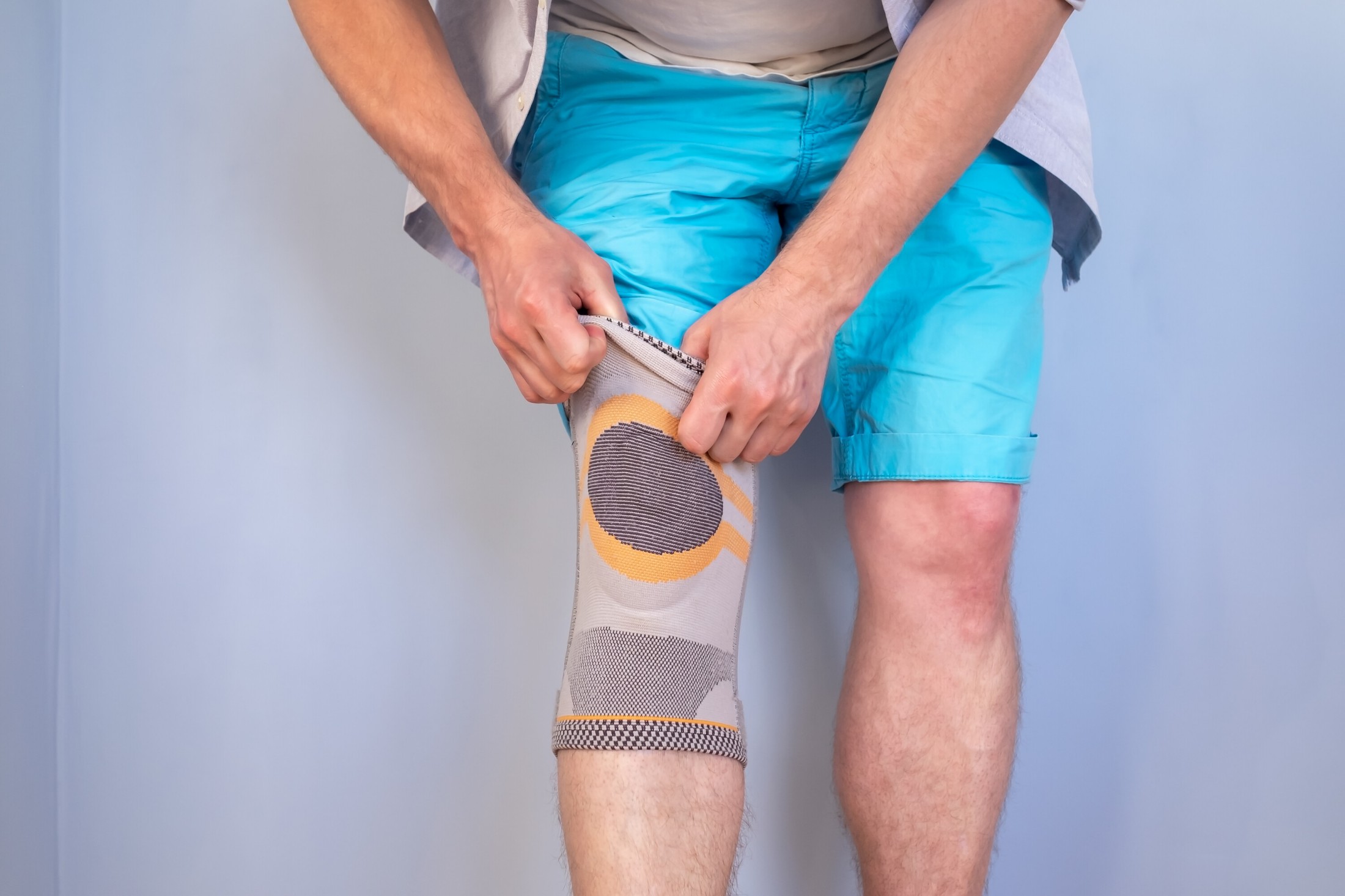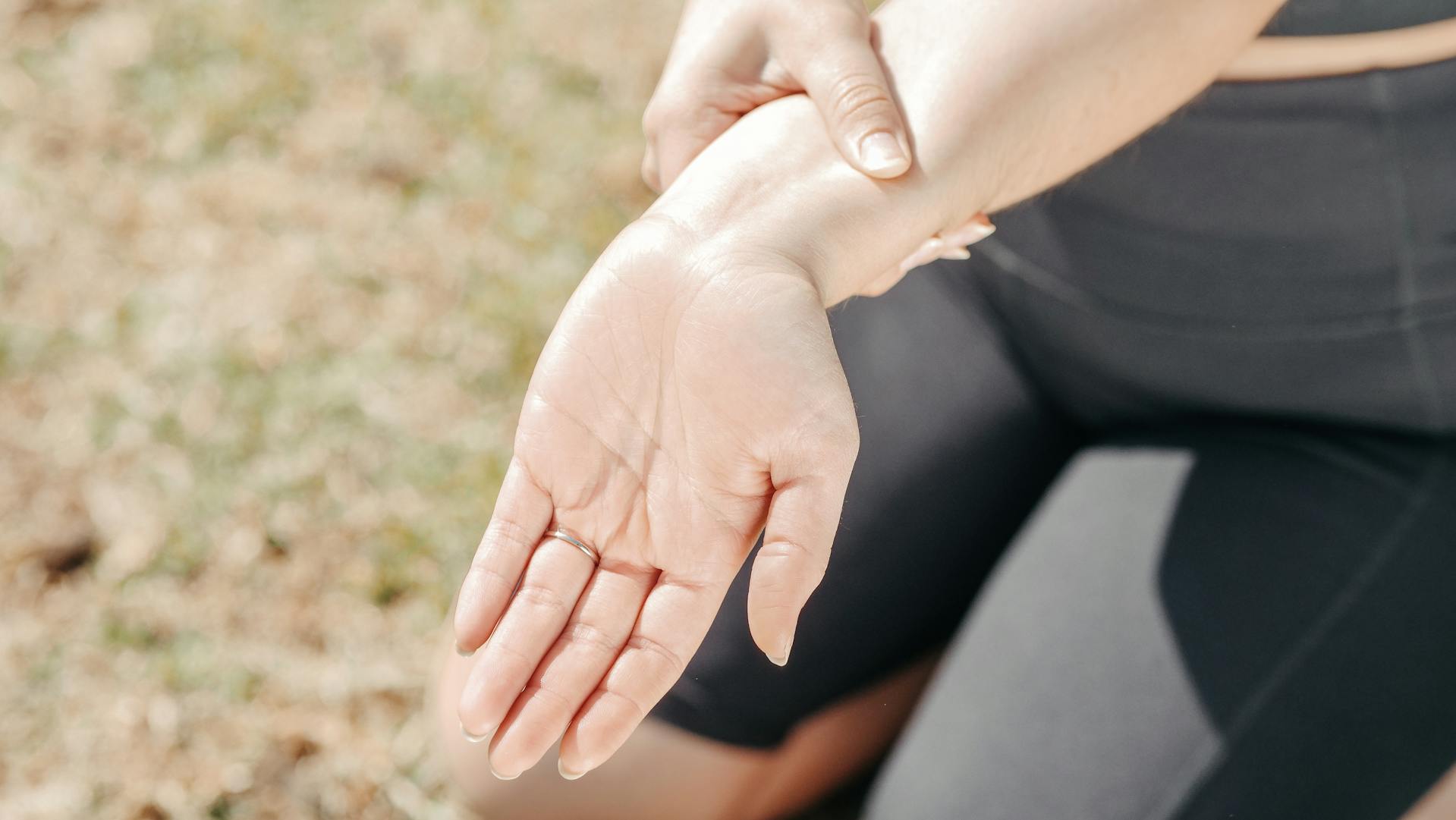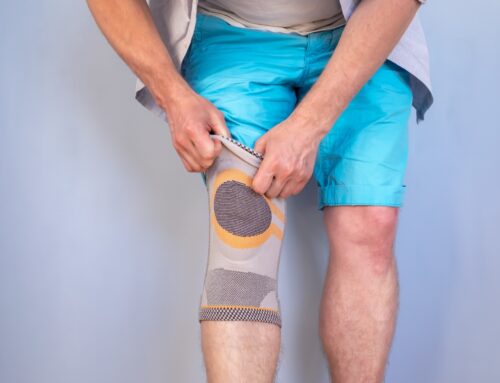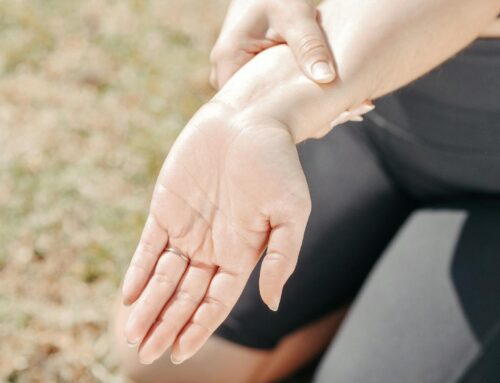The benefits of compression have been acknowledged for centuries, with ancient civilizations employing tight bandages for diverse purposes, such as injury treatment and swelling prevention. As medical knowledge expanded over time, our comprehension and application of compression techniques also grew.
During World War II, soldiers donned snug socks to stave off thrombosis during extended flights, marking a pivotal evolution towards modern compression garments. This pragmatic application underlined the potential benefits of compression in addressing specific medical challenges.
Now, the term “Compression” goes beyond its basic meaning. It signifies the strategic use of pressure through specialized garments. This pressure is instrumental in promoting blood circulation, diminishing edema, and offering relief for conditions like Lipedema and Lymphedema. The scientific prowess and innovative design of today’s compression garments reflect our ongoing commitment to comprehensive health.
The Mechanics of Compression Garments
Graduated compression, as the term implies, isn’t a uniform squeeze applied over a limb. Instead, it’s meticulously designed, exerting the maximum compression at the most distal part of the limb (like the ankle) and gradually decreasing as it moves upwards. This strategic pressure gradient aligns perfectly with the body’s natural circulatory patterns, assisting in propelling blood upwards and back towards the heart.
Blood vessels, mainly arteries and veins, transport blood throughout our body. Arteries carry oxygen-rich blood from the heart to various parts, while veins push blood against gravity to return it to the heart. Valves in veins prevent backflow, and our muscle contractions help push blood upwards. However, conditions like edema or inactivity can make this system less efficient, causing blood to pool in the lower limbs.
Compression garments come to the rescue. They apply external pressure, narrowing the vein diameter, speeding up blood velocity, and ensuring an efficient return to the heart. This action decreases the risk of blood pooling and clot formation.
The lymphatic system, essential for fluid balance, can become overwhelmed, especially in conditions like Lipedema and Lymphedema. Compression garments apply pressure, moving the lymphatic fluid, preventing accumulation, and helping its return to the circulatory system.
Compression garments ingeniously harness a simple principle of physics and apply it to enhance our body’s intricate circulatory mechanics. Whether it’s boosting blood circulation or aiding lymphatic drainage, the science behind these garments is both fascinating and profoundly impactful.
Conditions Alleviated by Compression Garments
Lipedema, Lymphedema, and Their Unique Challenges
While distinct, Lipedema and Lymphedema both result from abnormal fluid accumulations and pose daily living challenges. Lipedema mainly affects women and manifests as disproportionate fat deposits in the limbs. In contrast, Lymphedema causes swelling from lymph fluid buildup when the lymphatic system doesn’t function properly.
In both conditions, compression garments play an important role. These garments exert pressure that helps to reduce fluid buildup and promote the return of lymph fluid back into the circulatory system. The consistent pressure can also minimize pain, reduce the risk of infections, and improve overall limb shape.
Tackling Edema with Compression
Edema refers to the swelling in body parts, often in the lower extremities, caused by excess fluid trapped in the body’s tissues. While there are many potential causes for edema, ranging from prolonged sitting or standing to more severe conditions like heart failure, the application of compression can often provide relief.
Compression garments push against the swollen areas, promoting the movement of fluid away from the extremities and back towards the heart. This can reduce swelling, pain, and the risk of skin infections, offering relief to those dealing with the discomforts of edema.
Other Beneficial Applications of Compression
The advantages of compression garments aren’t limited to managing medical conditions; they have a broad range of applications.
Post-operative recovery can be enhanced with compression garments as they can minimize swelling, reduce pain, and prevent blood clots. Athletes often turn to compression garments to aid muscle recovery, as these garments can reduce muscle vibration during physical activity and improve circulation, leading to quicker recovery post-exertion.
Moreover, many people, irrespective of any medical condition, choose to wear compression garments daily. They find benefits in enhanced circulation, reduced fatigue, and an overall feeling of support, especially when standing or sitting for extended periods.
Empirical Evidence – Compression Garments in Action
It’s the empirical evidence that truly establishes the merit of a treatment or tool. Compression garments have not only stood the test of time but have been repeatedly spotlighted in scientific studies for their efficacy.
Numerous clinical trials and studies have investigated the therapeutic effects of compression garments on various conditions. A study published in the “Journal of Vascular Surgery” underscored how patients with venous leg ulcers showed marked improvement in healing when using compression therapy compared to those who did not (Source). Another research piece from the “Archives of Physical Medicine and Rehabilitation” highlighted the positive impact of compression garments on sports performance and recovery (Source). Athletes using compression gear reported reduced muscle soreness and improved muscle strength recovery.
But beyond the numbers and scientific jargon, real-life testimonials offer a poignant and relatable perspective. Take Sarah, a marathon runner from Boston, who claims, “After integrating compression socks into my post-run routine, my recovery time has halved, and muscle cramps have become a thing of the past.” Or James, who suffers from lymphedema following cancer treatments. He mentions, “My compression sleeve has been a game-changer. It’s drastically reduced the swelling and discomfort in my arm, making daily tasks much more manageable.”
Such testimonials, coupled with robust scientific evidence, underpin the growing acceptance and trust in compression garments across diverse populations. Whether it’s a patient recovering from surgery, an athlete pushing boundaries, or someone dealing with chronic conditions like lipedema or edema, the message resounds clearly: compression garments are making a significant positive impact.
Ensuring the Best from Your Compression Garment
When it comes to maximizing the benefits of compression garments, selecting the right one and ensuring a perfect fit are paramount. Much like any medical or therapeutic tool, its effectiveness is intrinsically linked to its proper usage.
Choosing the Right Garment
- Purpose Driven
Understand the primary reason for needing the compression garment. Is it for sports recovery, managing a medical condition, or post-operative healing? The purpose often dictates the kind of compression required. - Material Matters:
Opt for materials that are breathable and moisture-wicking, especially if you plan to wear them for extended periods. Comfort shouldn’t be compromised. - Compression Level
Compression garments come in various levels – from mild to extra firm. It’s crucial to choose a level that’s suitable for your needs.
The Importance of a Correct Fit
An ill-fitting compression garment can do more harm than good. It might restrict blood flow too much or provide insufficient compression, rendering it ineffective.
- Measurement Precision
Use a measuring tape and follow guidelines or charts provided by manufacturers. Typically, measurements are taken in the morning when there’s minimal swelling.
Feel and Fit
The garment should feel snug but not overly tight. There should be even pressure throughout without any bunching or pinching.
Regular Check-ins
Our bodies change over time. Regularly reassess the fit of your garment, especially after significant weight changes, surgeries, or if the garment starts feeling too loose or tight.
Incorporating these tips can significantly enhance the performance of your compression garment, ensuring that you reap all its potential benefits, be it for medical needs or enhanced physical performance. Remember, the key to harnessing the full power of compression lies in the details – the right garment, the perfect fit, and consistent use.
Merging Daily Life with Compression
Incorporating compression garments into one’s daily routine might seem daunting at first, but with a few recommendations, it becomes a seamless experience. The adaptability and diverse benefits of these garments allow them to comfortably merge with various facets of everyday life.
Daily Use Recommendations
- Ease into It
If you’re new to compression garments, start by wearing them for a few hours daily, gradually increasing the duration as you get accustomed. - Morning Ritual
Put on your compression garments in the morning when swelling is at its minimum. This ensures a better fit and maximized benefits throughout the day. - Stay Active
Combine the use of compression garments with regular physical activity. This duo works synergistically to boost circulation and overall limb health. - Night-time Relief
While some individuals benefit from nighttime wear, it’s essential to consult a healthcare professional for recommendations tailored to individual needs.
A Holistic Approach:
Compression garments, while powerful on their own, can be combined with other interventions for an all-encompassing health strategy.
- Manual Lymphatic Drainage
This gentle massage technique, combined with compression, can significantly enhance lymph flow and reduce swelling. - Balanced Diet & Hydration
A well-balanced diet and adequate hydration work in tandem with compression to support vascular health. - Mind-Body Practices
Activities like yoga or tai chi, when practiced wearing compression garments, can amplify benefits related to circulation, flexibility, and overall well-being.
Journeying through the realms of science, it becomes evident how vital compression garments are in the healthcare landscape. Their transformative impact, backed by empirical evidence, offers hope and improved quality of life to countless individuals across various conditions.
Experience the benefits of compression firsthand. Schedule your personalized compression garment fitting with Care-Med today and unlock a new level of comfort and health.
Share This Story, Choose Your Platform!
Table of Contents
We specialize in orthotics, body braces, and compression wear tailored to your unique needs in Toronto. Reach out to us at info@caremed.care or call 416-782-5353 to book your fitting and consultation.
Experience the difference of customized solutions designed just for you.











